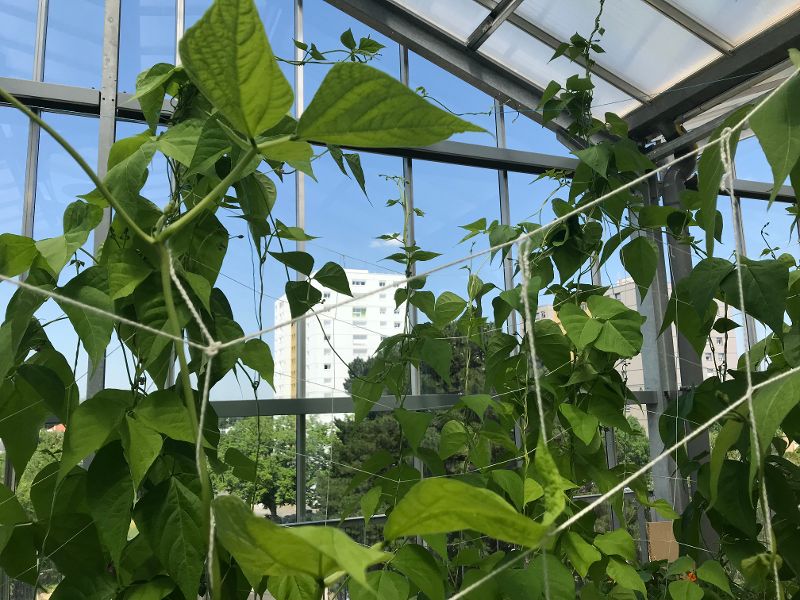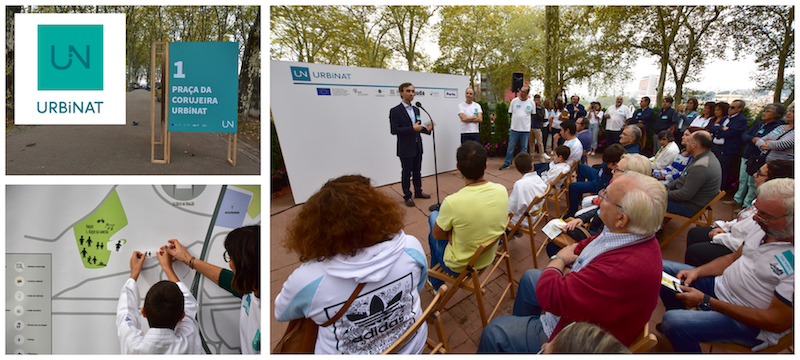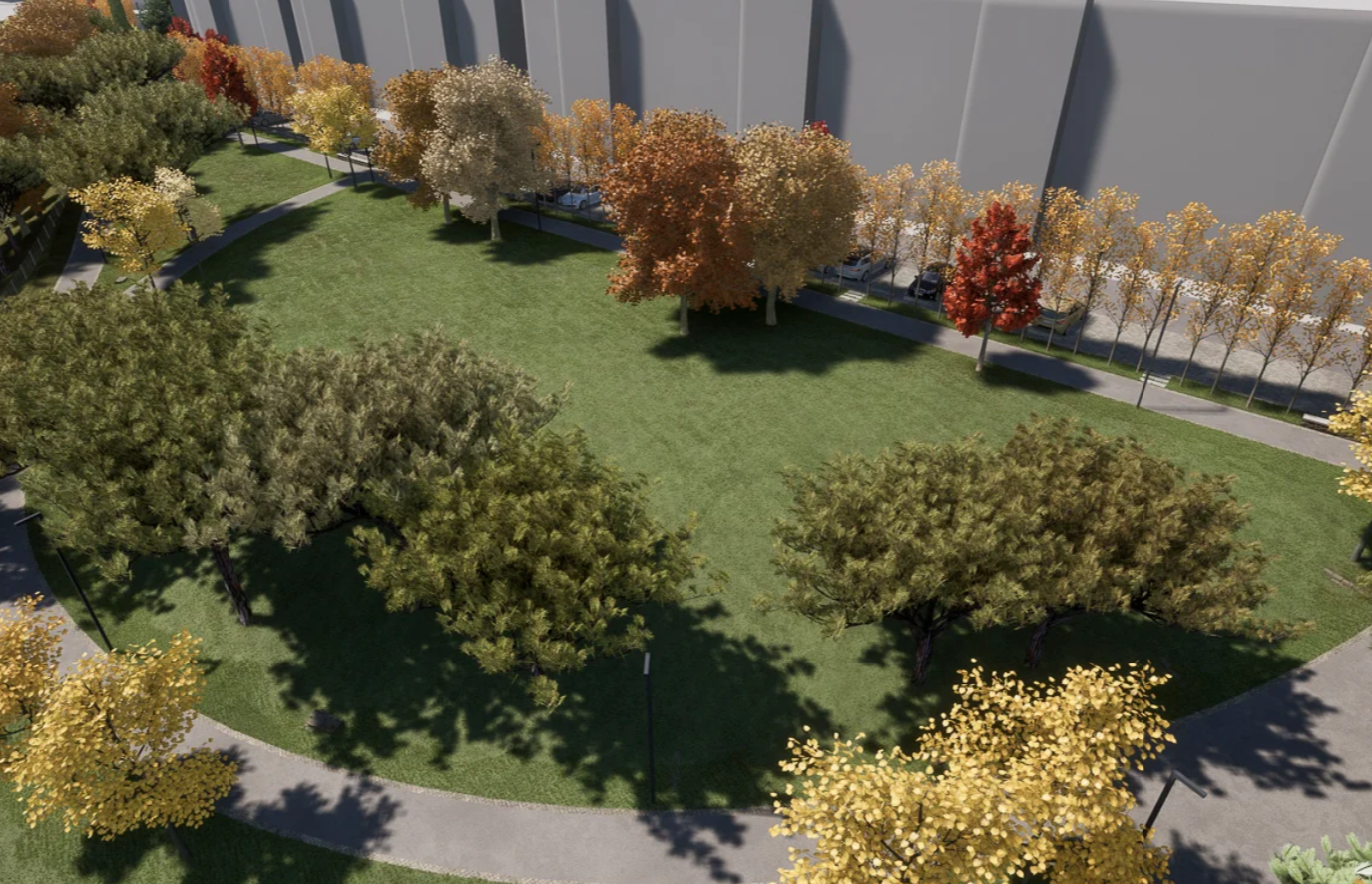Examining green space characteristics for social cohesion and mental health outcomes: A sensitivity analysis in four European cities
URBiNAT Scientific Partners Marcel Cardinali and Uta Pottgiesser from the Institute for Design Strategies at the OWL University of Applied Sciences and Arts (Germany), together with Philippe Bodénan, Nantes Métropole, Ghozlane Fleury-Bahi, IRSTV/CNRS Nantes (France),
and Milena Tasheva Petrova from the University of Architecture, Civil Engineering and Geodesy (Bulgaria) are the co-authors of a recent publication on the relation between green space, social cohesion and mental health.
The results of this multi-dimensional sensitivity analysis in four European cities are published in the Journal Urban Forestry & Urban Greening (Elsevier, ScienceDirect, 2024).
Highlights
- Green accessibility, connectivity and mix of use indirectly relate to mental health.
- Social cohesion may mediate between green space indicators and mental health.
- No positive direct association between green space and mental health has been observed .
- Including semi-public and private green spaces leads to stronger associations with social cohesion.
Abstract
In recent decades, there has been a rise in mental illnesses. Community infrastructures are increasingly acknowledged as important for sustaining good mental health. Moreover, green spaces are anticipated to offer advantages for both mental health and social cohesion. However, the mediating pathway between green space, social cohesion and mental health and especially the proximity and characteristics of green spaces that trigger these potential effects remain of interest.
Accessible greenness (900–1400 m), accessible green spaces (900–1500 m), accessible green space corridors (300–800 m), accessible total green space (300−800), and mix of green space uses (700–1100 m) were significantly associated with social cohesion and indirectly with mental health. Green corridors also showed negative indirect and direct associations with mental health in larger distances. Surrounding greenness and the quantity of green space uses were not associated with social cohesion nor indirectly with mental health. We also observed no positive direct associations between any green space variable in any distance to mental health.
The results suggest that accessibility, connectivity, mix of use and proximity are key characteristics that drive the relationship between green spaces, social cohesion and mental health. This gives further guidance to urban planners and decision-makers on how to design urban green spaces to foster social cohesion and improve mental health.

Authors & Co-Authors
Other URBiNAT Research Outputs
URBiNAT has a substantial and growing archive of academic papers, books, conference proceeding, policy white papers and other outputs in connection with the project.









